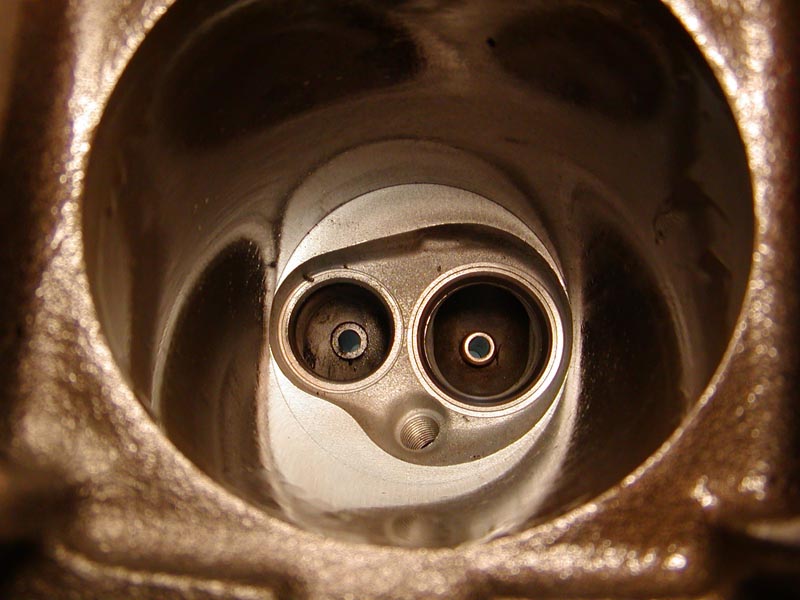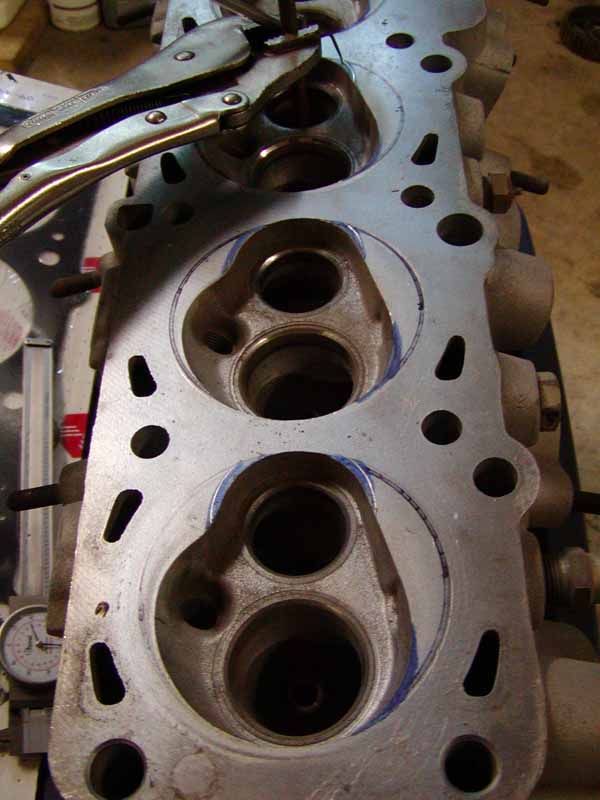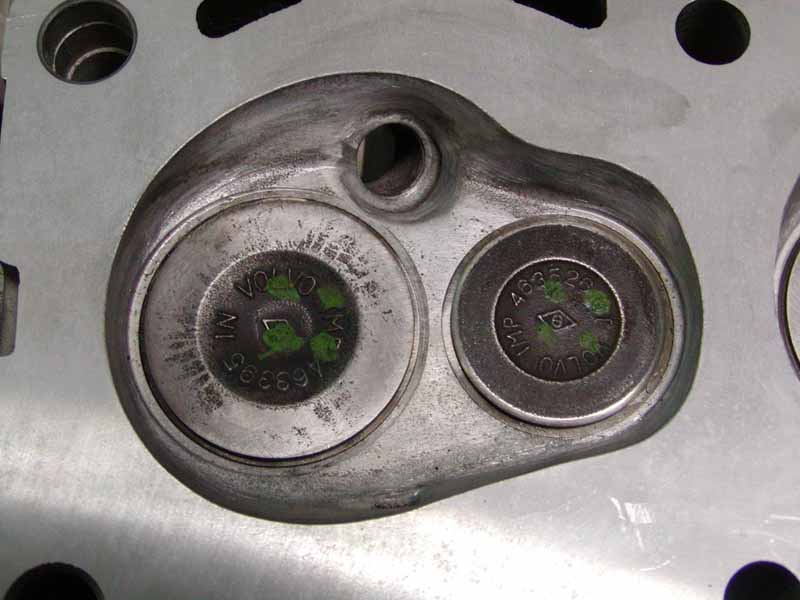DailyDriverMods
Member
- Joined
- Aug 23, 2020
- Location
- Netherlands
Hello everyone,
I am currently stepping up the game a bit with my turbobrick. I have a '91 B230F+T setup that is currently getting some head work and rods. The setup will be:
- B230F '91
- Maxpeeding rods
- 530 head with 46/38 stainless valves
- IPD Cam with KLRacing 39KG valve springs
- KLRacing intercooler (late style 940 type)
- Megasquirt 3 ECU
- Siemens Deka 630CC injectors
- 16T turbo with 3" downpipe / 2.5" exhaust system
- 90+ exhaust manifold, stock B230F intake manifold
The engine has to run on 93AKI/98RON fuel and i would like to up the boost a bit. Currently it runs fine at 15psi without any signs of detonation but i would like to up the game a bit later on by upgrading to a G25-550 turbo and increasing the boost to about 20~22psi.
I calculated that the current compression ratio is about 9.6:1 when assuming the 530 head volume is 51.7cc. This seems to be a bit on the high side for my power targets at pump gas.
Deshrouding the valves and doing a small bit of work on the combustion chambers would hopefully net me about 3cc of additional volume but that isn't really enough to drop the compression ratio to the levels i need.
So i measured the NA piston crown thickness which is ~7.4mm. I would like to mill a small bit of the piston crown to make the dish 0.4mm deeper and increase the dish radius from 68mm to 75mm since the squish band on the 8V combustion chamber isn't really that wide. Milling the piston dish would net me another ~3cc of additional volume which combined with the head work would net me a compression ratio of about 8.8~8.9:1.
Is there any experience with milling down the NA pistons or is this really a no-go area? I would like to hear your opinions/experience.
I am currently stepping up the game a bit with my turbobrick. I have a '91 B230F+T setup that is currently getting some head work and rods. The setup will be:
- B230F '91
- Maxpeeding rods
- 530 head with 46/38 stainless valves
- IPD Cam with KLRacing 39KG valve springs
- KLRacing intercooler (late style 940 type)
- Megasquirt 3 ECU
- Siemens Deka 630CC injectors
- 16T turbo with 3" downpipe / 2.5" exhaust system
- 90+ exhaust manifold, stock B230F intake manifold
The engine has to run on 93AKI/98RON fuel and i would like to up the boost a bit. Currently it runs fine at 15psi without any signs of detonation but i would like to up the game a bit later on by upgrading to a G25-550 turbo and increasing the boost to about 20~22psi.
I calculated that the current compression ratio is about 9.6:1 when assuming the 530 head volume is 51.7cc. This seems to be a bit on the high side for my power targets at pump gas.
Deshrouding the valves and doing a small bit of work on the combustion chambers would hopefully net me about 3cc of additional volume but that isn't really enough to drop the compression ratio to the levels i need.
So i measured the NA piston crown thickness which is ~7.4mm. I would like to mill a small bit of the piston crown to make the dish 0.4mm deeper and increase the dish radius from 68mm to 75mm since the squish band on the 8V combustion chamber isn't really that wide. Milling the piston dish would net me another ~3cc of additional volume which combined with the head work would net me a compression ratio of about 8.8~8.9:1.
Is there any experience with milling down the NA pistons or is this really a no-go area? I would like to hear your opinions/experience.


:strip_exif()/f/image/XBoWMVPHJYcvshAJqudqH1ch.jpg?f=fotoalbum_medium)
:strip_exif()/f/image/QlJrpVZi7DYumJpWk57biiAU.jpg?f=fotoalbum_medium)
:strip_exif()/f/image/dBLU2q8cXXI48QDlzxQzSSvT.jpg?f=fotoalbum_medium)
:strip_exif()/f/image/OPf7SIaRKZbiObBZ8jp8PAnX.jpg?f=fotoalbum_medium)



:strip_exif()/f/image/iRVrRQ97LXiPQzjsHIW9xIZf.jpg?f=fotoalbum_medium)
:strip_exif()/f/image/FYNN3Jg3YqAVei06KlCHpZjp.jpg?f=fotoalbum_medium)
:strip_exif()/f/image/BKUd28QBfcBmCi0f2lMrO2mS.jpg?f=fotoalbum_medium)
:strip_exif()/f/image/SYMg8PxZY1SUZOa2OJlmv5c2.jpg?f=fotoalbum_medium)